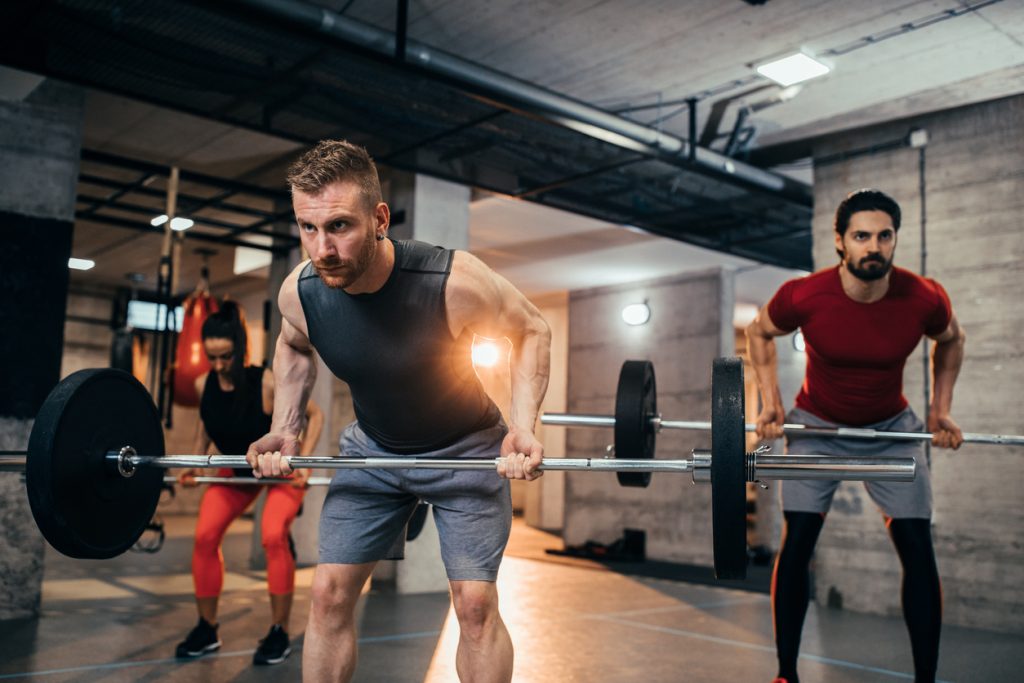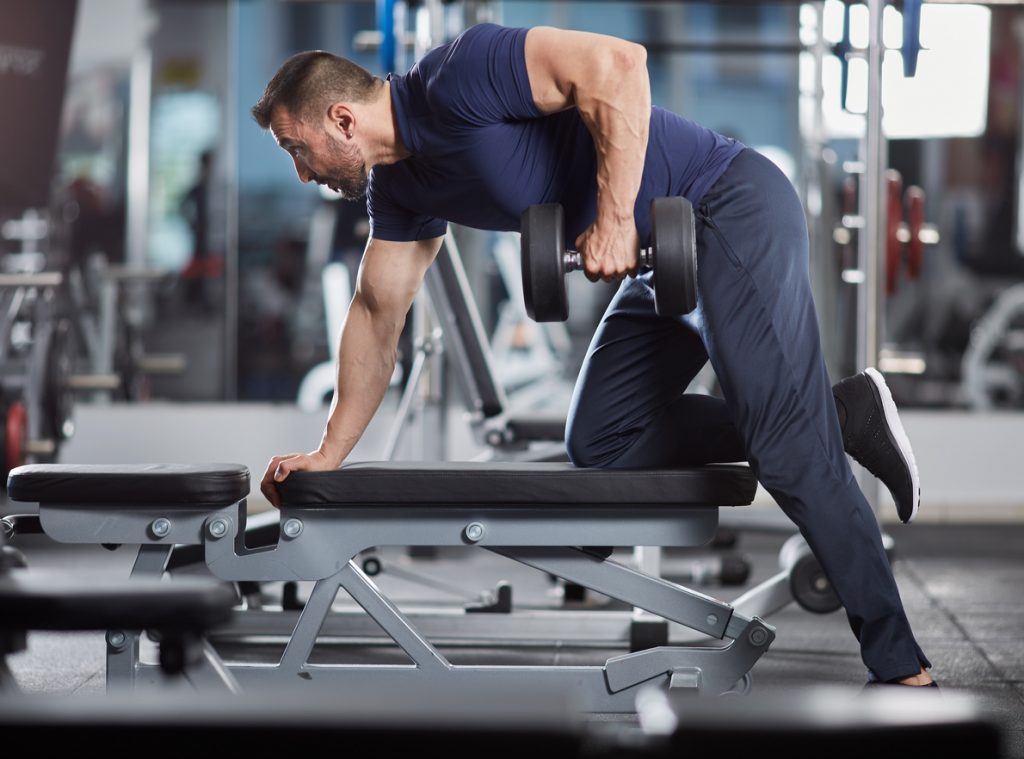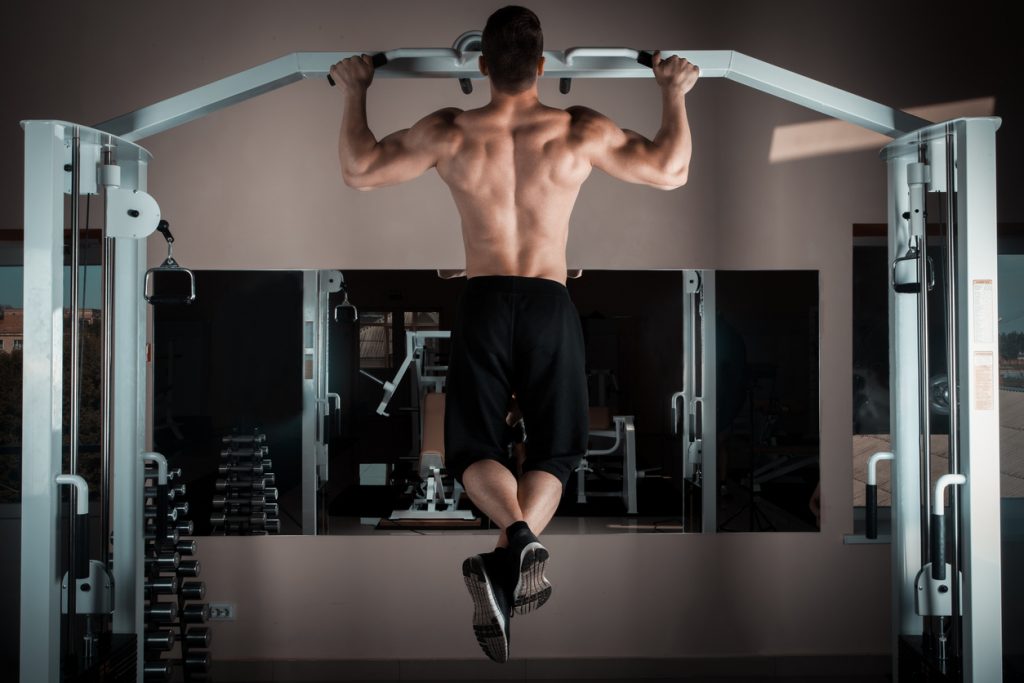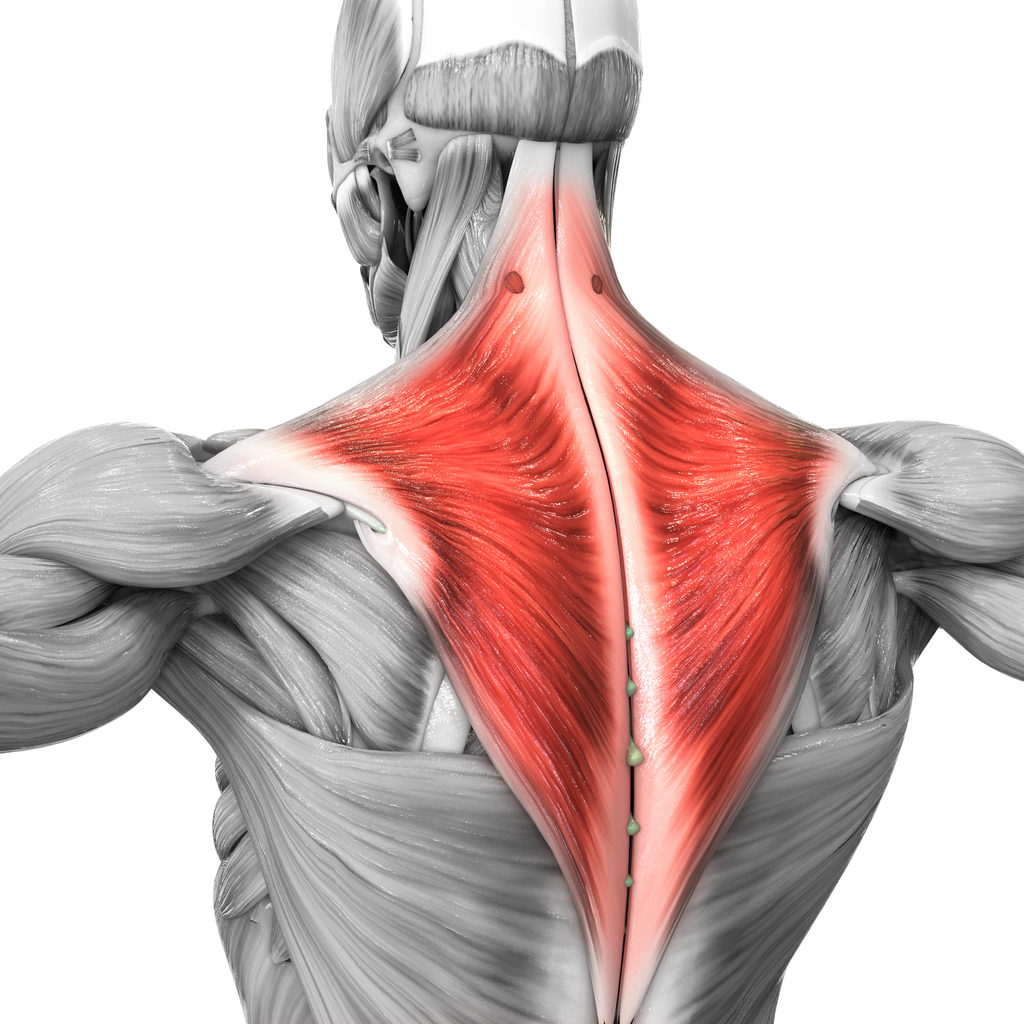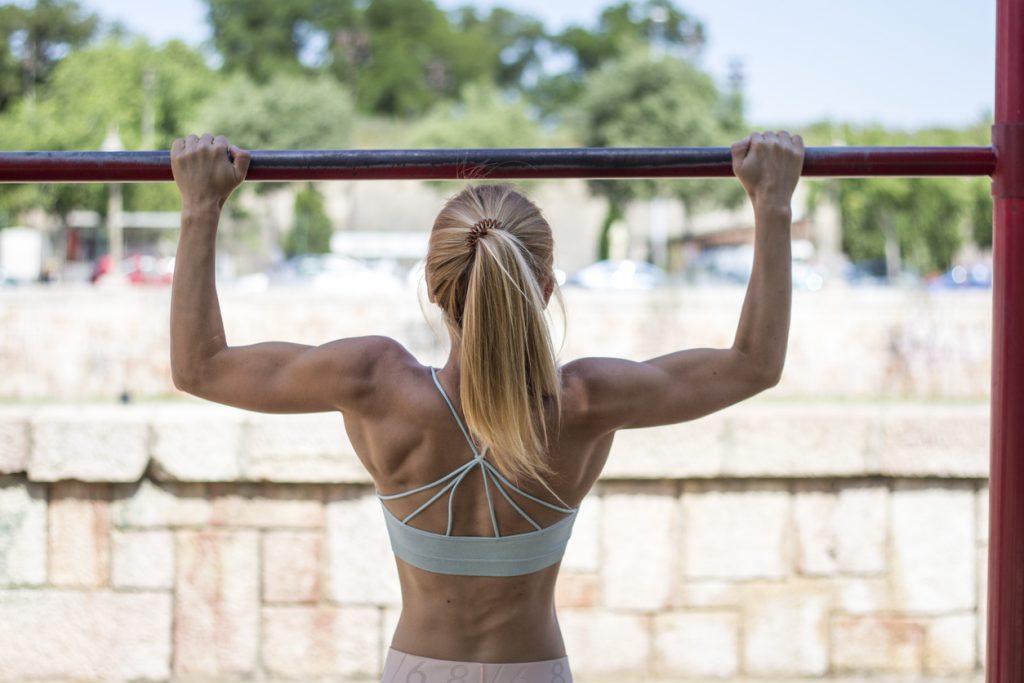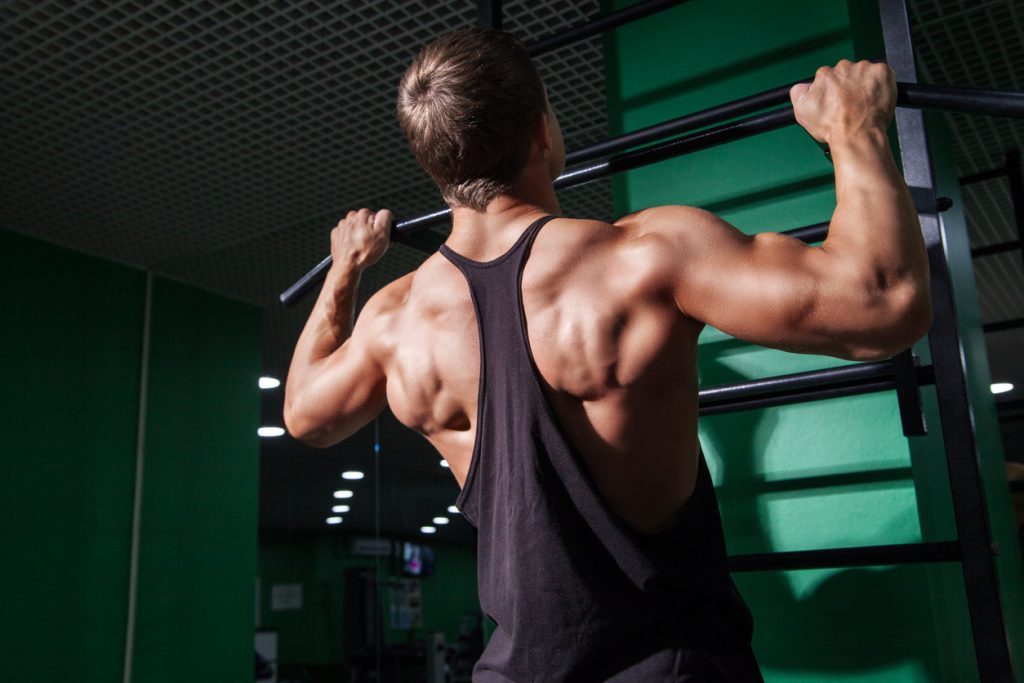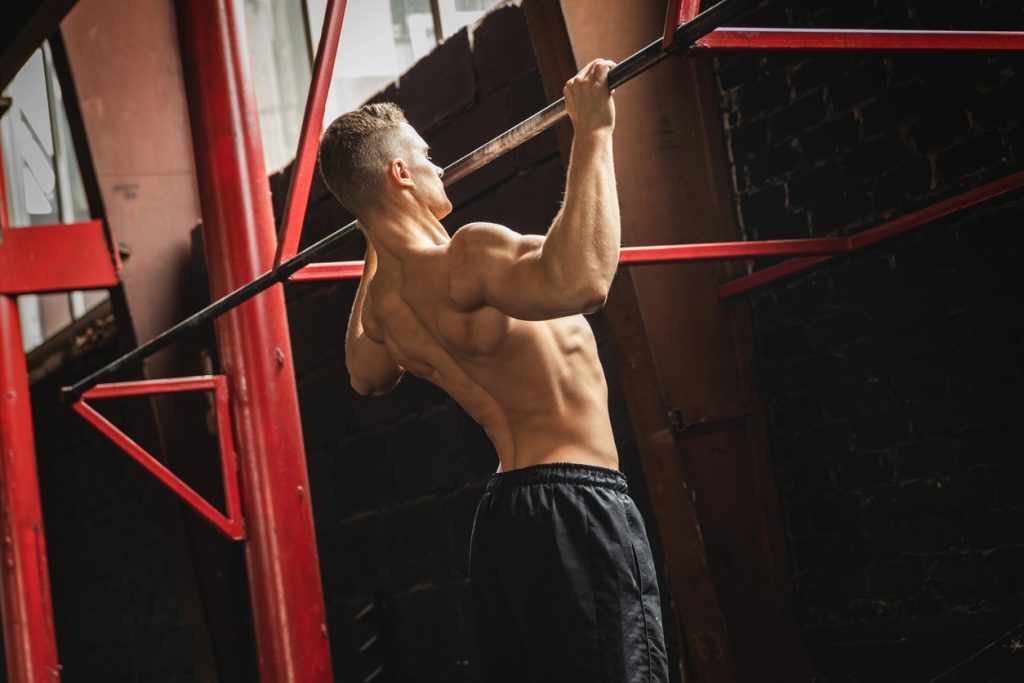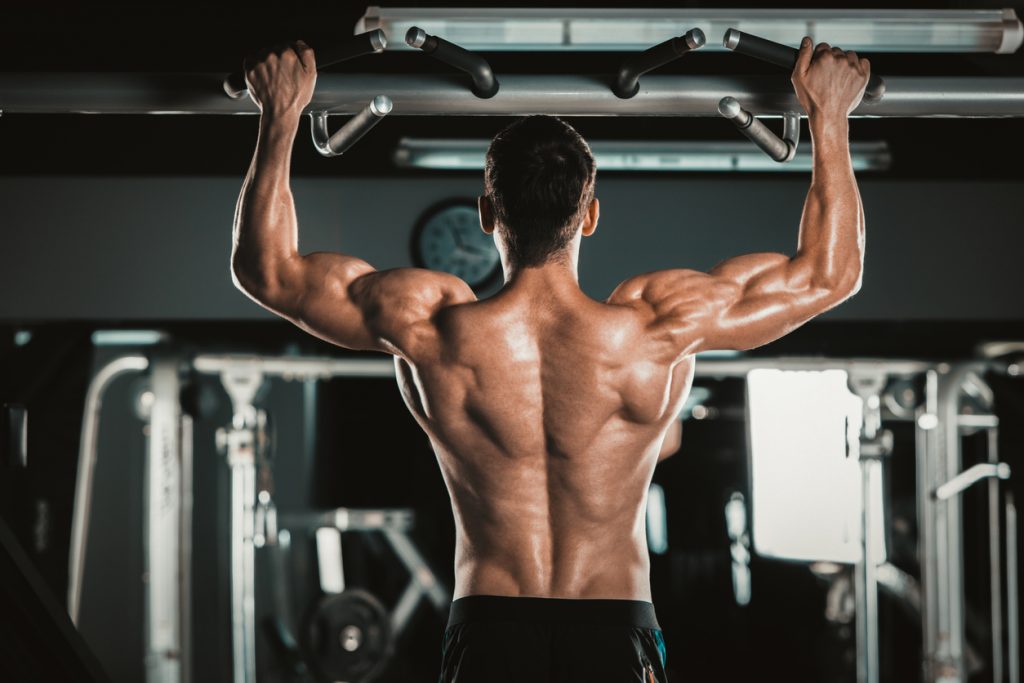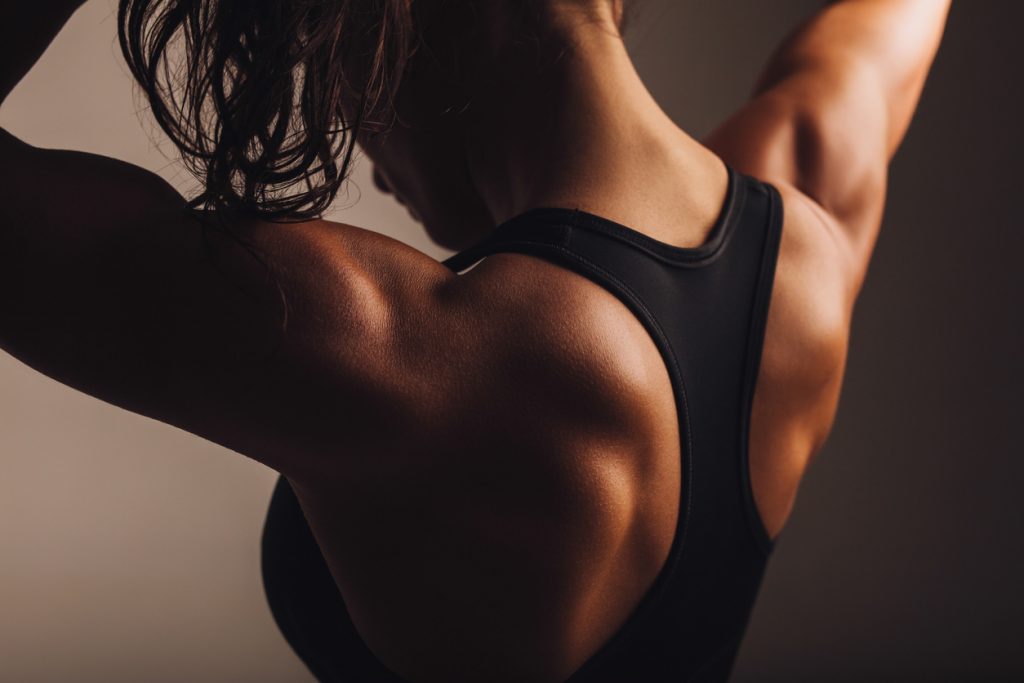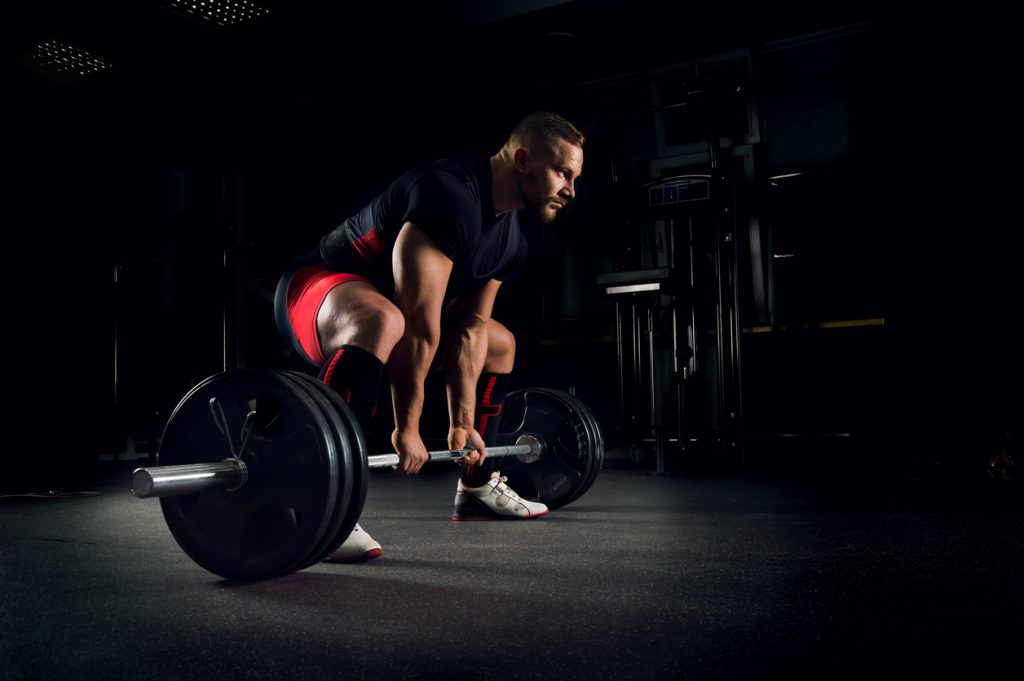The rowing bar, also known as the "leaning rower" or "inclined rowing", is one of the best exercises for strengthening the whole back. Very common in the gym when it comes to building back muscles and gaining thickness, the rowing bar is practiced a lot by athletes.
However, it can very quickly become our worst enemy if we do not respect the technical instructions.
In this article, we explain how to carry out the rowing bar to efficiently build up your back without injuring yourself.
The muscles involved
The barbell rowing is a complete and effective movement to gain mass in the back. However, in order to obtain the desired effect, it requires a good execution of the movements and techniques. Indeed, the muscles of the arms must only be used to pull the bar. It is the back muscles that must be contracted first and foremost!
The inclined rowing is also the opposite exercise of the bench press. It requests the antagonist muscles compared to the bench press.
The leaning bar rowing works all the muscles of the back, in particular in thickness. It thus makes it possible to work mainly the trapezoids, the rhomboids (between the shoulder blades) and the backs of shoulders: all that is above the dorsal ones.
The latter work by moving the shoulders back and forth, while the lumbar, gluteal and hamstrings (back of the thighs) keep the body static.
In summary, the upper back works dynamically and the rest of the skeletal muscles are isometric.
Variations
For a barbell rowing, a straight or bent bar can be used. The exercise can then be replaced by a floor pull-up or a one-armed barbell rowing.
There are also machines where you can perform the movements sitting or lying on a bench. If you have sensitive lumbar vertebrae, these alternatives are recommended.
As an alternative to bodyweight exercises, it is possible to practice reverse rowing with a straight bar on a support. To do this, you have to put your body in a horizontal position with your back to the floor and raise your feet with a stool. This exercise is similar to pull-ups, but with the chest parallel to the floor. TRX straps can also be used.
How to perform the exercises properly?
In order to perform the exercises correctly, the techniques must be followed.
To do this, it is advisable to remain standing, and to spread your feet to the width of your shoulders. The knees should be slightly bent, with a medium grip, hands pronated shoulder-width apart, back straight and feet flat on the floor, head straight, in line with the spine. Then bend forward about 60 degrees (avoid 90 degrees horizontal!).
In bodybuilding, to obtain good muscular results, you must target the muscle(s) concerned and to do this you must limit all forms of cheating: balancing, changes in posture, deformations of the movement, etc.
To perform well, you must:
- Maintain curves
- Incline the chest forward between 30 and 45° maximum
- Tension the posterior chain
- Detach the shoulders at the beginning of the movement
- Retract and lower the shoulders at the end of the movement
- Move the bar to the level of the pelvis
- Limit elbow flexion
- Stop the pull when the back is fully contracted
- Keep the chest parallel to the floor
- Hold the posterior chain in tension
- Hold the pelvis in anteversion
- To have the shoulders detached at the beginning of the movement
- Hold the shoulder blades together at the end of the movement
- Turn the elbows upwards
- Put the bar at the pelvis in the direction of the chest
- Stop the pull when the back is fully contracted.
For breathing, it is recommended to breathe in while bringing the bar against the chest and to breathe out while lowering it. It is also necessary to sheath the waist by contracting the abdominal muscles so that the bust is straight.
Some safety instructions are also necessary to carry out the rowing bar properly.
First of all, you have to take care that the body remains static and the back always straight. The knees should also be bent to protect the lower back as a shock absorber.
It is often advisable to bend the torso to 90° to better use the back muscles instead of the trapezius. However, this position disconnects the chest from the pelvis and puts the lower back in a bad position, which increases the risk of injury. It is therefore advisable to tilt the torso by about 45°. The bar should then be rested on a support at the right height to avoid having to put it down and turning your back.
What to avoid
In order to perform the barbell rowing correctly, you must avoid:
- Rounding the lower and upper back
- Putting the shoulders forward
- Hold the shoulders still during the pull-up
- Straighten the chest
- Impose maximum flexion on the elbow
- Bring the bar into contact with the stomach or pectoral muscles
- Define the shoulders
- Hold the shoulders still during the pull-up
- Having the chest straightened or slumped
- Holding elbows backwards
- Always try to touch the pectoral muscles.

